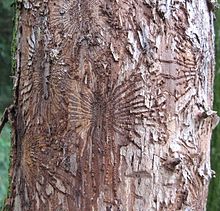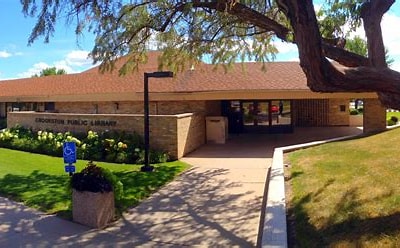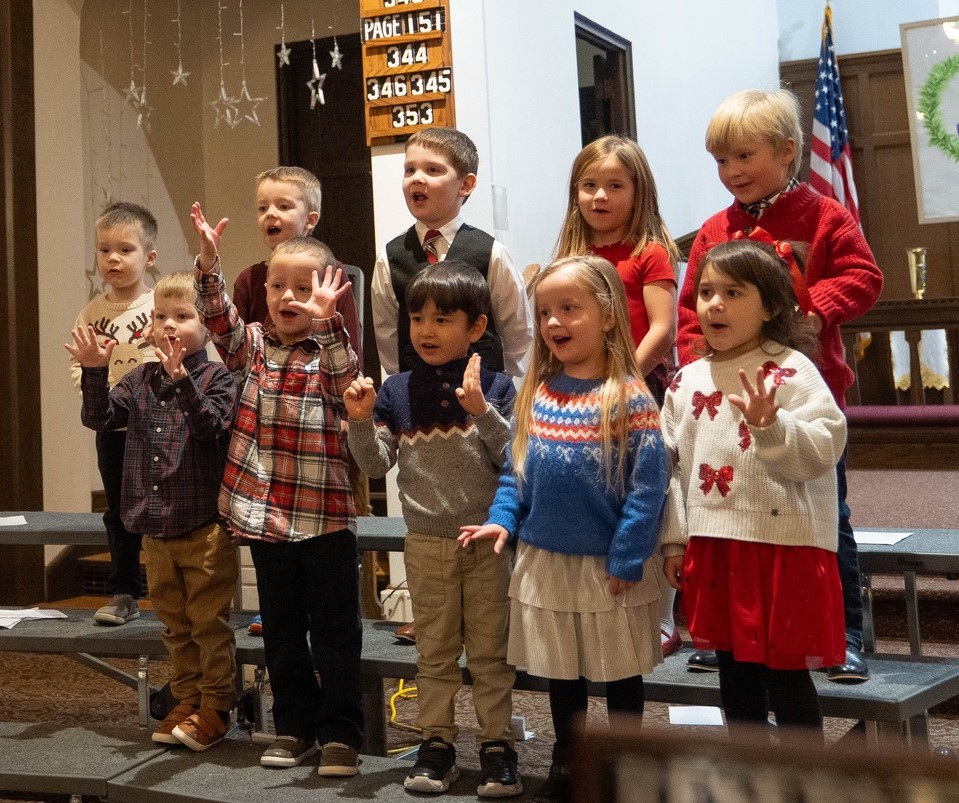Over the summer and fall, the Crookston Public Works Department has been monitoring and working with the public to remove several trees infected by the Dutch Elm Disease. A disease caused to elm trees that causes them to wilt and die and one that is contagious to healthy trees in various ways. To counteract the disease and prevent it from spreading to other healthy trees around the city, Public Works Director Brandon Carlson and other workers in the department have been inspecting areas with infected trees and have sent letters to private property owners to remove any diseased trees from their property.
While the diseased tress presents no immediate danger to people, given enough time, the tree can wilt and die, which could potentially fall and cause damage to property owners or neighboring property. The disease is caused by a fungus that occurs throughout Minnesota (known as Ophiostoma novo-ulmi) and can be spread from tree to tree through root grafts or, more commonly, by bark beetles. “There’s a beetle that transfers the fungus from tree to tree, and there’s been a study where if you cut an elm tree in the middle of the summer, the smell of the sap can draw the beetle to the tree within 15 minutes to feed on the sap,” Brandon Carlson explained. “If that tree is diseased and then the beetle moves on to a healthy tree, it transfers the disease from tree to tree and then, after a little time, will eventually kill the tree.” Carlson and the department have currently gone through the Samson’s addition (from Pleasant Ave. S to the Industrial Park) and have removed some of the elms that have been infected with the disease, but there are still more infected trees they need to attend to in the Sampson Addition on Pleasant and Stewart Ave. and a few near the Industrial Park area. To help remove the diseased trees on residents’ properties, Carlson has sent letters to the property owners to inform them of the trees on their property and have them removed. “Late last week, we sent out the letters to the private property owners that had trees on their property that needed to be removed by the spring, and we’re asking that those residents either talk to a contractor to get them removed or how they plan to remove them themselves,” Brandon Carlson explained. “They don’t need to be removed in the next 15 days, but I need to hear from them and what their plan is on the removal. As long as they’re removed by late spring of next year, then they won’t be a hazard to the area anymore.”
While the city cannot remove any trees on private property, they do have a few recommendations for property owners on how they can remove the trees on their property. Public Works recommends removing the trees before there is too much snow on the ground to make it easier for contractors to complete the work on the trees while also keeping other trees safe from spreading the disease. Carlson noted that the department is not particular about when the trees are removed but requests that they are informed about when they plan to remove the tree this winter. “As long as I hear from the property owner or the contractor saying that it is on their schedule, and they’ll do their best to get it gone by late spring next year,” Carlson explained. “We’re not asking for things to happen overnight; it all takes time, but we’re trying to get that area clear by the early spring of next year.” To contact Public Works Director Brandon Carlson about the removal of the trees or if you have any questions about other public works, you can contact the Public Works Department at 218-281-5711.





